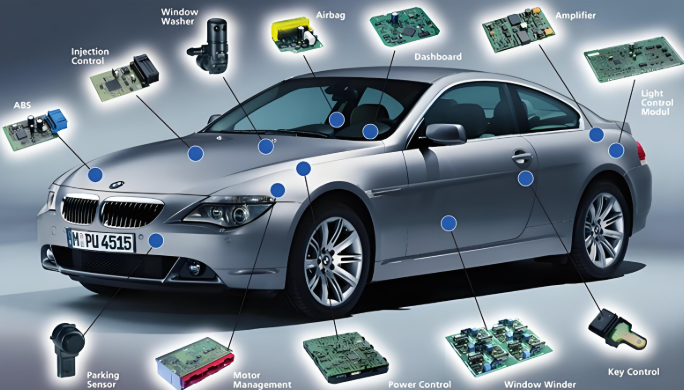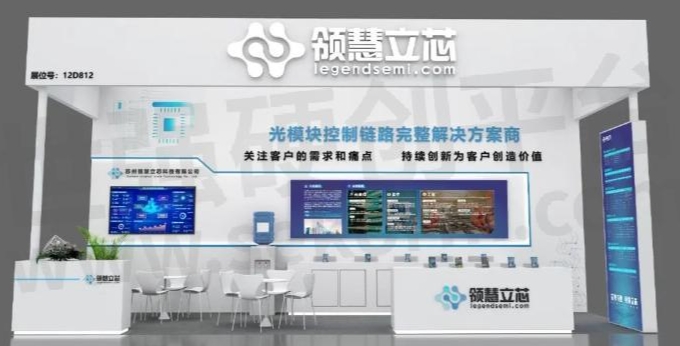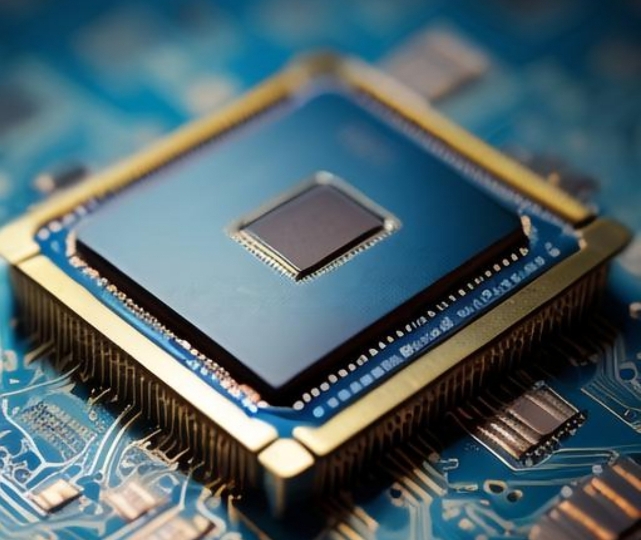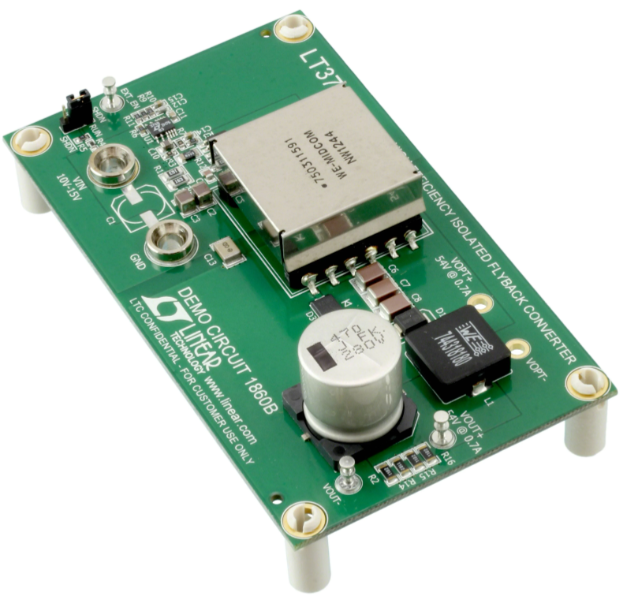The Critical Role of Automotive-Grade Electronic Components in Modern Vehicles
Introduction
The automotive industry is undergoing a transformative shift, driven by advancements in technology and increasing consumer demands for safety, connectivity, and sustainability. At the heart of this evolution are automotive-grade electronic components, which form the backbone of modern vehicles. Unlike commercial or industrial-grade parts, these components are engineered to withstand the harsh conditions of automotive environments, ensuring reliability, durability, and performance. As vehicles become more electrified and autonomous, the importance of these specialized components cannot be overstated. This article delves into the significance, standards, and applications of automotive-grade electronics, highlighting why they are indispensable in today’s automotive landscape. For professionals seeking reliable sources for these components, platforms like ICGOODFIND offer curated solutions to streamline procurement and ensure quality.
Main Body
1. Understanding Automotive-Grade Electronic Components
Automotive-grade electronic components are specifically designed and manufactured to meet rigorous standards required for use in vehicles. These components must operate flawlessly under extreme conditions, including wide temperature ranges (-40°C to 150°C), high humidity, vibration, and electromagnetic interference. Key categories include microcontrollers, sensors, power management ICs, and connectivity modules. The defining characteristic of these components is their compliance with international standards such as AEC-Q100 (for integrated circuits) and ISO/TS 16949, which govern quality management systems in automotive production.

The development process for automotive-grade components involves extensive testing and validation. For instance, reliability testing includes thermal cycling, mechanical stress tests, and longevity assessments to ensure a failure rate of less than 1 part per million (PPM). This level of rigor is necessary because failures in automotive systems can have severe safety implications. Components are also subject to functional safety standards like ISO 26262, which addresses risks related to electric and electronic systems in vehicles. As the industry moves towards electric vehicles (EVs) and advanced driver-assistance systems (ADAS), the demand for high-performance, automotive-grade electronics has surged. Companies rely on trusted distributors and platforms like ICGOODFIND to access components that meet these stringent requirements, reducing time-to-market and enhancing product integrity.
2. Applications in Modern Automotive Systems
Automotive-grade electronic components are integral to a wide array of systems in contemporary vehicles. In powertrain and electrification, they manage energy conversion in EVs, control battery systems, and optimize efficiency in hybrid engines. For example, power semiconductors like IGBTs and MOSFETs must be automotive-grade to handle high voltages and temperatures while minimizing energy loss. In safety and ADAS, components such as radar sensors, LiDAR modules, and vision processors enable features like adaptive cruise control, lane-keeping assistance, and autonomous emergency braking. These systems depend on highly reliable microcontrollers and sensors that can process data in real-time without errors.
Another critical application is in infotainment and connectivity, where components support touchscreens, voice recognition, and V2X (vehicle-to-everything) communication. These systems require robust processors and memory chips that resist data corruption from environmental stressors. Additionally, body electronics—including lighting control, climate management, and window operations—utilize automotive-grade components to ensure consistent performance over the vehicle’s lifespan. The proliferation of electric and autonomous vehicles has further expanded these applications, making automotive-grade electronics a cornerstone of innovation. Sourcing these components through specialized platforms like ICGOODFIND helps manufacturers maintain quality while navigating supply chain complexities.
3. Challenges and Future Trends
Despite their critical role, the production and integration of automotive-grade electronic components face several challenges. The global semiconductor shortage has highlighted supply chain vulnerabilities, causing delays in automotive manufacturing. Additionally, the complexity of designing components for safety-critical systems requires significant investment in R&D and testing. Cybersecurity is another growing concern, as connected vehicles become targets for hacking, necessitating components with built-in security features.
Looking ahead, trends such as vehicle electrification and autonomous driving will drive demand for more advanced components. The industry is moving towards higher integration, with system-on-chip (SoC) designs that combine multiple functions while meeting automotive standards. There is also a push for sustainability, with components being developed for lower power consumption and longer lifecycles. Artificial intelligence (AI) will play a key role in enhancing component functionality, enabling predictive maintenance and improved decision-making in ADAS. As these trends evolve, platforms like ICGOODFIND will become increasingly valuable for providing access to cutting-edge components that meet future automotive needs.
Conclusion
Automotive-grade electronic components are essential enablers of the modern automotive revolution, providing the reliability and performance required for safety, efficiency, and innovation. From powertrains to infotainment systems, these components ensure that vehicles operate seamlessly under demanding conditions. As the industry advances towards electrification and autonomy, the importance of adhering to stringent standards and sourcing high-quality parts cannot be overlooked. Platforms like ICGOODFIND serve as vital resources for manufacturers, offering trusted access to automotive-grade solutions that drive progress. Embracing these components is not just a technical necessity but a strategic imperative for the future of mobility.











